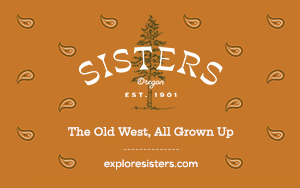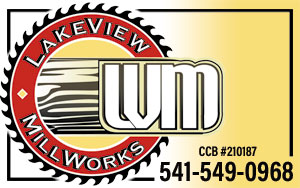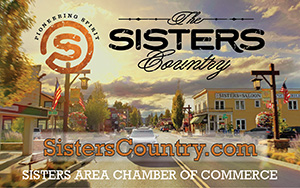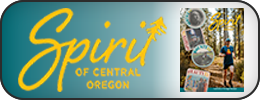Journey through thyme - Cowboy grub
Last updated 6/5/2018 at Noon
The American cowboy is admired for his rugged self-reliance and his agile roping and horsemanship - all which make for a mighty hearty appetite.
After spring roundups in the 19th century, cowboys herded their cattle out on the trail on a cattle drive heading to a cowtown with a railroad station where the cattle could be corralled and loaded. To herd cattle on a long drive (such as Texas to Kansas) a crew of 10 or more cowboys was needed. And most ranch owners wanted their cowboys fed well so that they would stay healthy along the trail.
So, the crew also included a cook. Along the trail, cowboys ate meals consisting of beef, beans, biscuits, dried fruit and coffee. But as cattle drives increased in the 1860s cooks found it harder and harder to feed the 10 to 20 men who tended the cattle. That's when Texas Ranger-turned-cattle rancher Charles Goodnight created the chuckwagon.
Herding cattle on the trail would often last two or more months moving cattle miles each day, with some drives lasting up to five months.
Goodnight, knowing the importance of daily meals for his crew, had an idea. He took a surplus army wagon made by Studebaker and added a large pantry box to the wagon rear with a hinged door that laid flat to create a work table. The cook would then have everything he needed at arms-length.
The larger pots (which included a cast-iron Dutch oven), cast-iron skillets, and utensils would be carried in a box mounted below the pantry called the boot. The Army wagon merely was a light supply wagon of that period with Goodnight's added design creating the invention of the chuckwagon.
The cook, also known as "Cookie," managed the wagon and performed all the needs for the campsites along the cattle drives. And he was one of the most well-respected members of the crew. Chuckwagon cookies were the lifeblood of cattle ranches that dotted the Old West frontier like a cowboy tapestry.
You might be surprised how well cowboys were fed after the chuckwagon arrived on the scene.
Chuckwagon staples had to travel well and not spoil. The list included flour, sourdough, salt, brown sugar, beans, rice, cornmeal, dried apples and peaches, baking powder, baking soda, coffee and syrup.
Fresh and dried meat were essential to the cowboy diet, providing protein and energy for their exhausting work. Their dried meat was like modern jerky but drier, not as heavily seasoned, lightweight and nonperishable. The meat was cooked into stew, soup or added to chili beans.
Fresh beef was readily available, but cowboys also hunted wild game and fished in streams along the trail and during roundups. The cook used bacon grease to fry everything, but bacon also served as the main meat when supplies ran low.
Beans made up the bulk of a cowboy's protein intake. Since beans were readily available, there were loads of simple recipes that were shared along the cattle trails of the American West, including chili, mashed beans and bean soups. Cooked overnight in a Dutch oven, beans would last for many meals.
Coffee was one of the few luxuries given to cowboys on long trail rides. The enamelware coffee pot was large, holding at least 20 or more cups. Cowboys relied on coffee to keep them alert and warm in the wilderness.
Coffee was brewed throwing in a handful of grounds for each cup of water. And the coffee was served boiling hot and black.
Plates were licked clean and the cook always had a wash bowl set out to put the empty plate in after he finished his meal. Cookie's job after having breakfast made for the crew would be cleaning up, packing his wagon and moving it forward just to find another stop along the trail drive. Then he would set up camp and have another hot meal ready for dinner.
Because Cookie determined whether a cowboy received a decent meal after a hard day's work, cowboys were always on their best behavior with the cook.
Here is an authentic cowboy recipe that you can fix next time you get a hankering to honor the Old West chuckwagon cooks.
COWBOY BEANS:
2 pounds of pinto beans
2 pounds of ham hock
2 onions chopped
4 tablespoons brown sugar
2 green chiles
1 can of tomato paste
Wash the beans and soak them overnight. After you drain them, place the beans in a Dutch oven and cover with water. Add the rest of the ingredients and simmer until the beans are nice and tender.
After being on the trail for three or four months, even cowboys were tired of eating the same old grub. Once they hit the cowtowns and got paid, they enjoyed a nice dinner in a restaurant.
















Reader Comments(0)